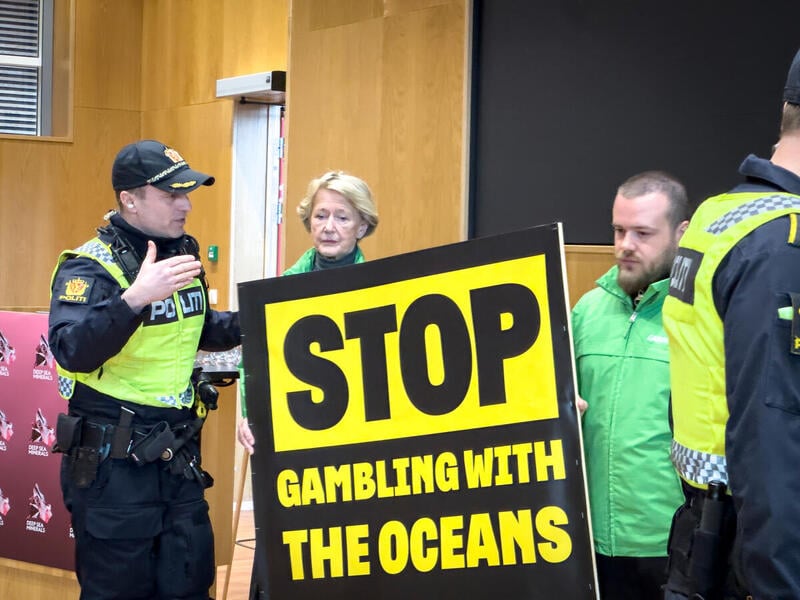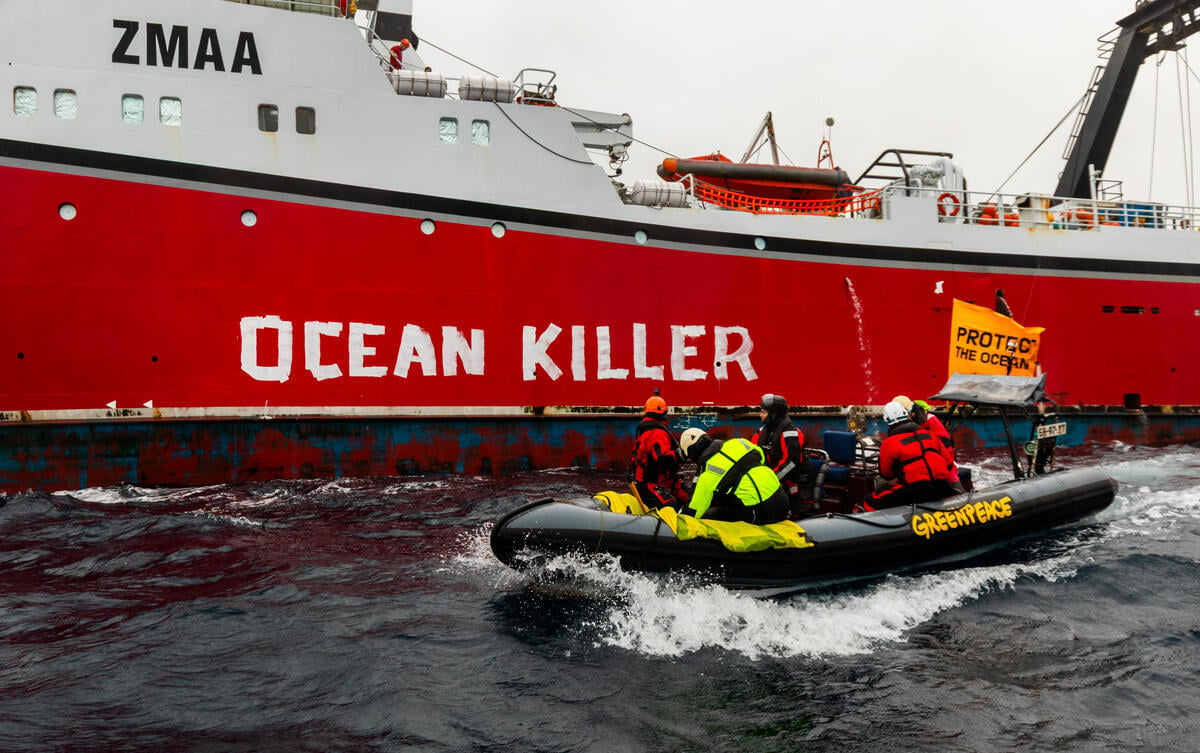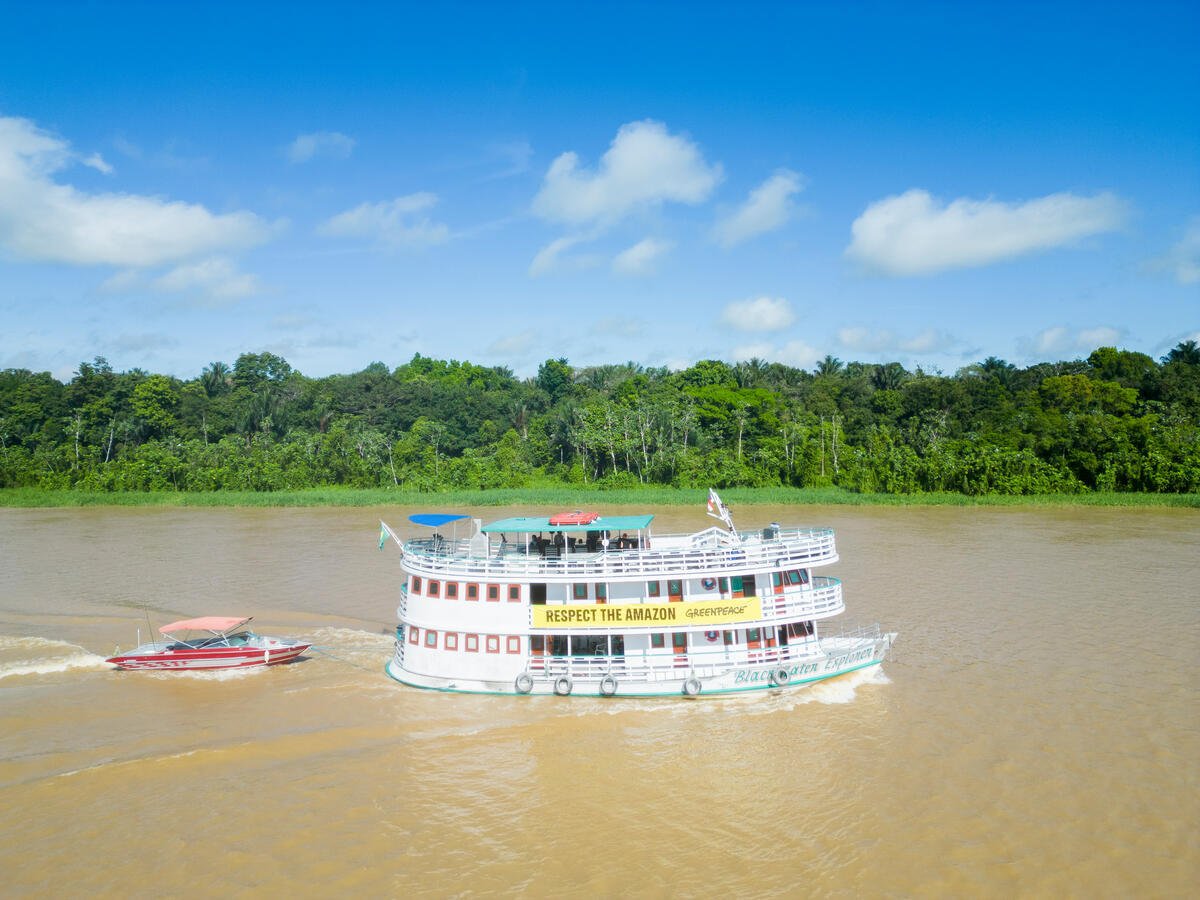Montreal, Canada – At the final adoption of an agreement at COP15, Greenpeace welcomes the explicit recognition of Indigenous Peoples’ rights, roles, territories, and knowledge as the most effective biodiversity protection that has come out of the UN biodiversity talks.
An Lambrechts, head of the Greenpeace delegation at COP15, said:
“Indigenous Peoples are the most capable and knowledgeable guardians of nature. There is so much potential for biodiversity protection if Indigenous Peoples are in leadership roles. Rights-based protections are the future of conservation. Direct finance for Indigenous Peoples is a critical next step.
“Taken altogether, however, COP15 failed to deliver the ambition, tools, or finance necessary to stop mass extinction. The 30×30 target, to protect at least 30% of land and of sea by 2030, has successfully made it in. But it is stripped-down, without essential qualifiers that exclude damaging activities from protected areas. As is, it is just an empty number, with protections on paper but nowhere else.
“USD $20 billion a year until 2025, and then $30 billion a year until 2030, is a start, but it’s not enough. With a $700 billion biodiversity funding gap, it’s unclear where the rest of the money will come from. Finance is not only a question of how much, but how fast. Setting up a fund in 2023 should get funding to developing countries faster.
“Corporate schemes like nature-based solutions and offsets leeched on to the UN biodiversity talks from start to finish. These are false solutions that may prove to be costly mistakes. The scandals and greenwashing you see in carbon offsetting today are what’s on the menu for biodiversity tomorrow.”
ENDS
For media enquiries
August Rick, International communications officer, Greenpeace East Asia, [email protected], +1 4387286509
Greenpeace International Press Desk: [email protected], +31 (0) 20 718 2470 (available 24 hours)



